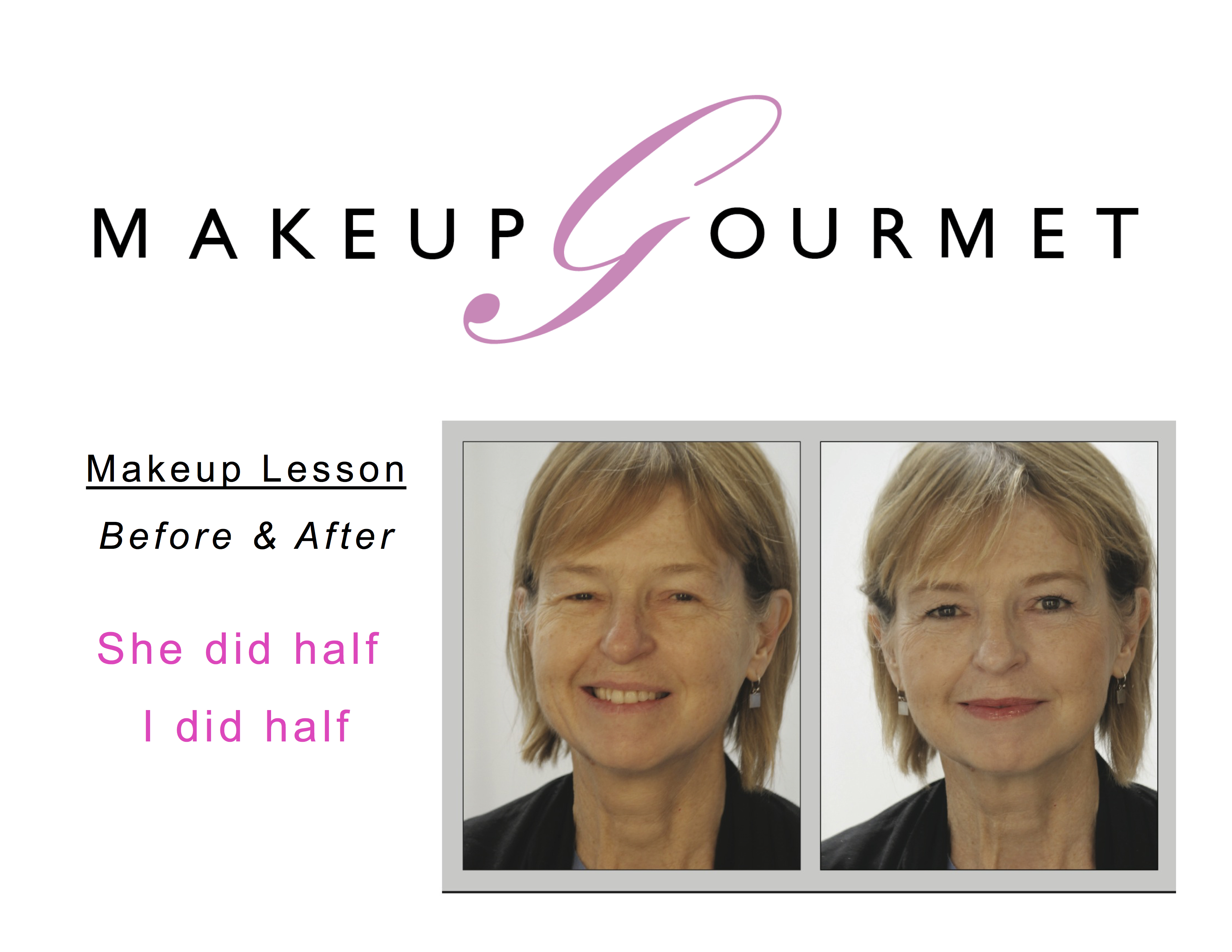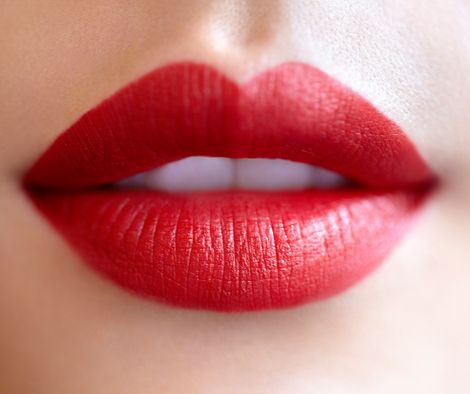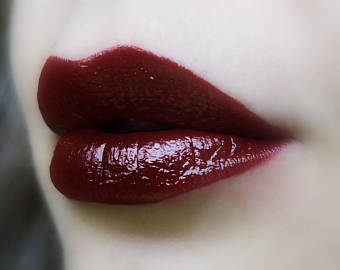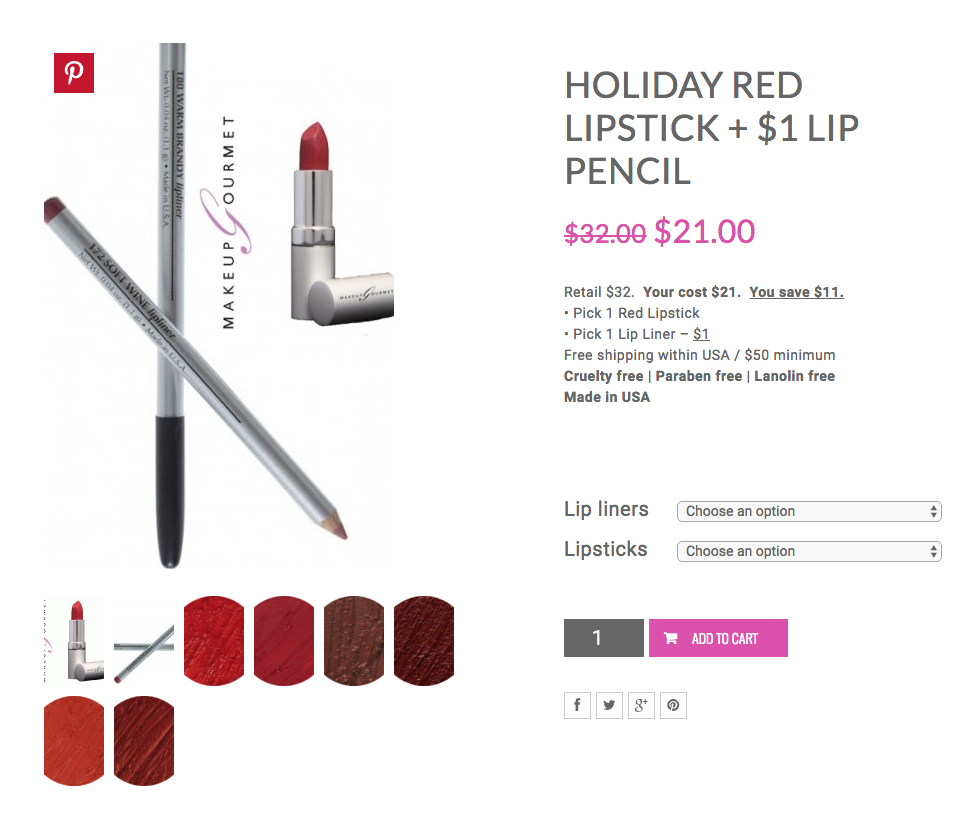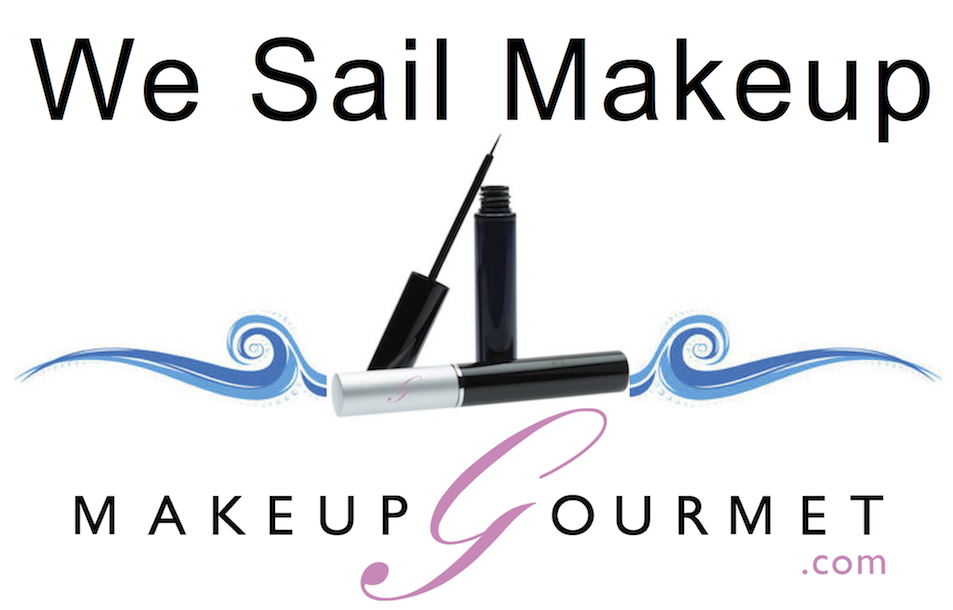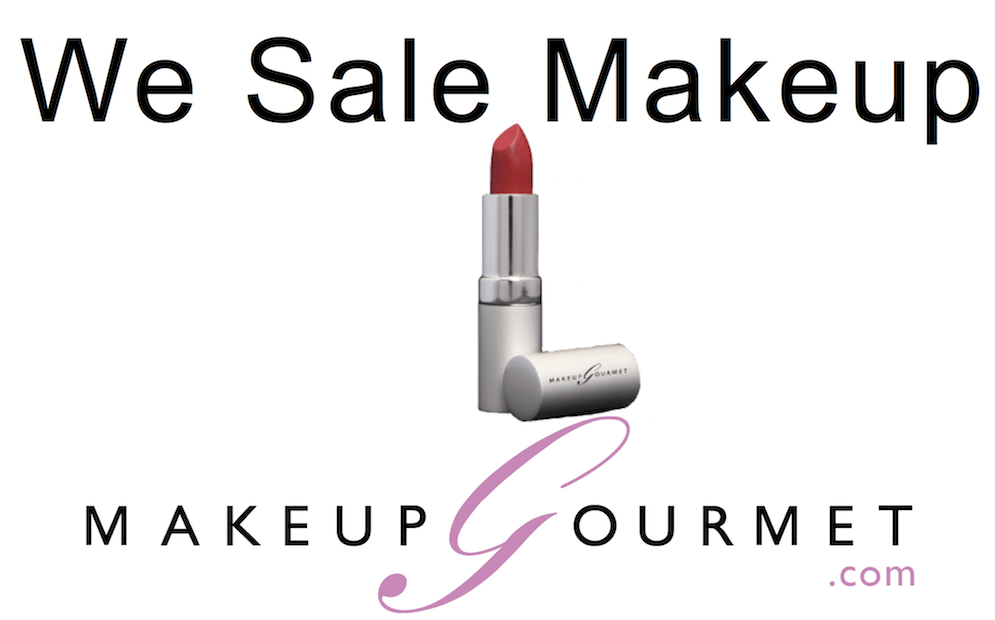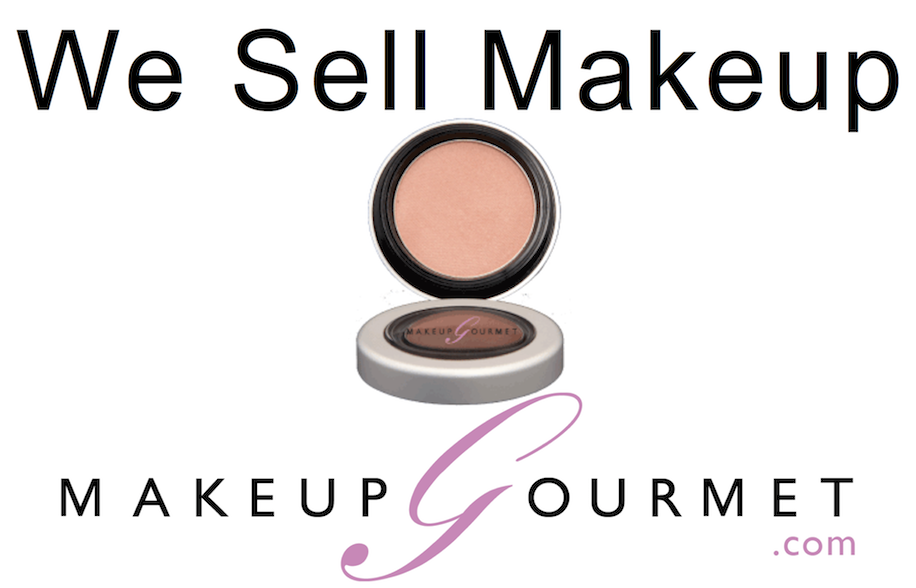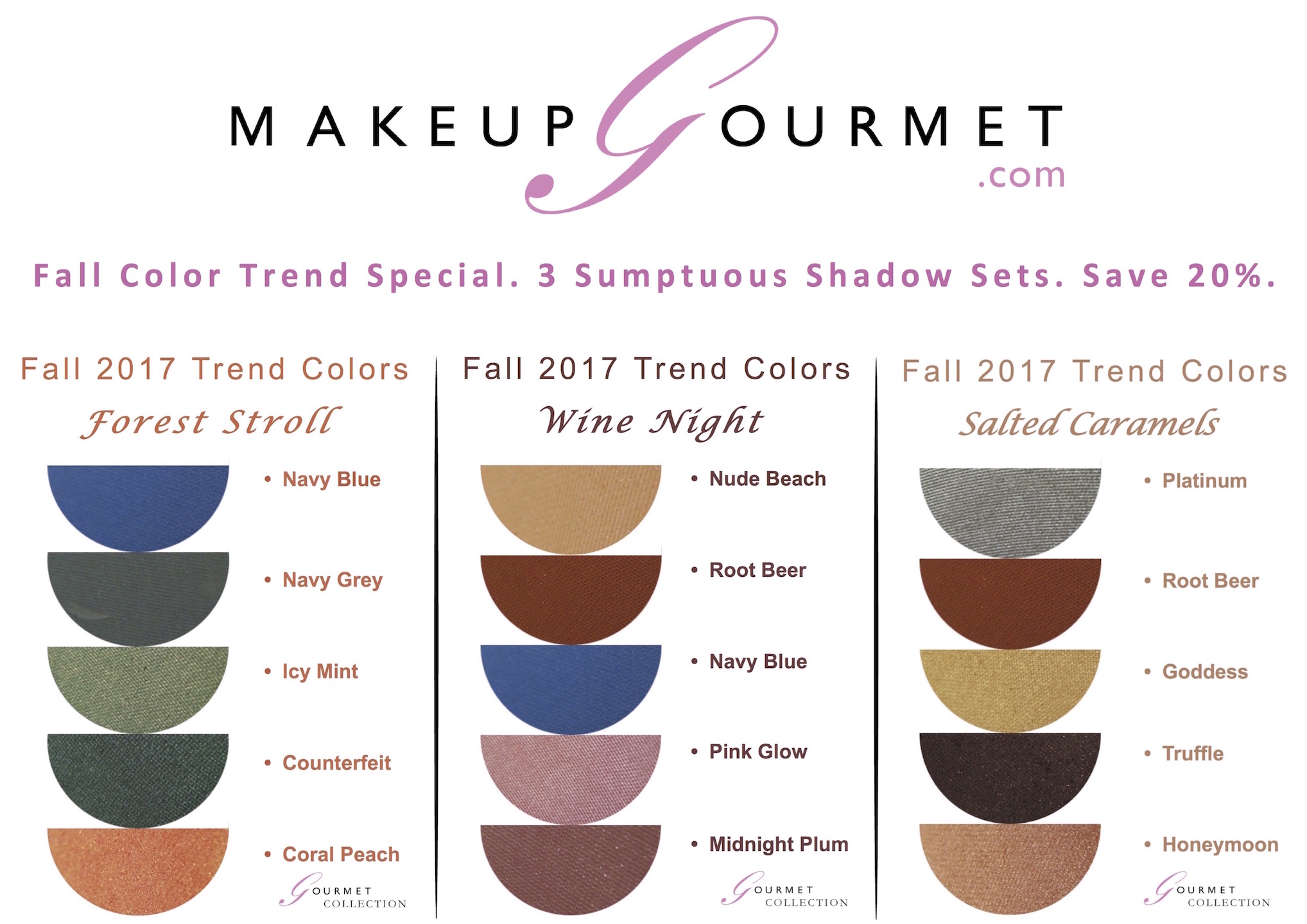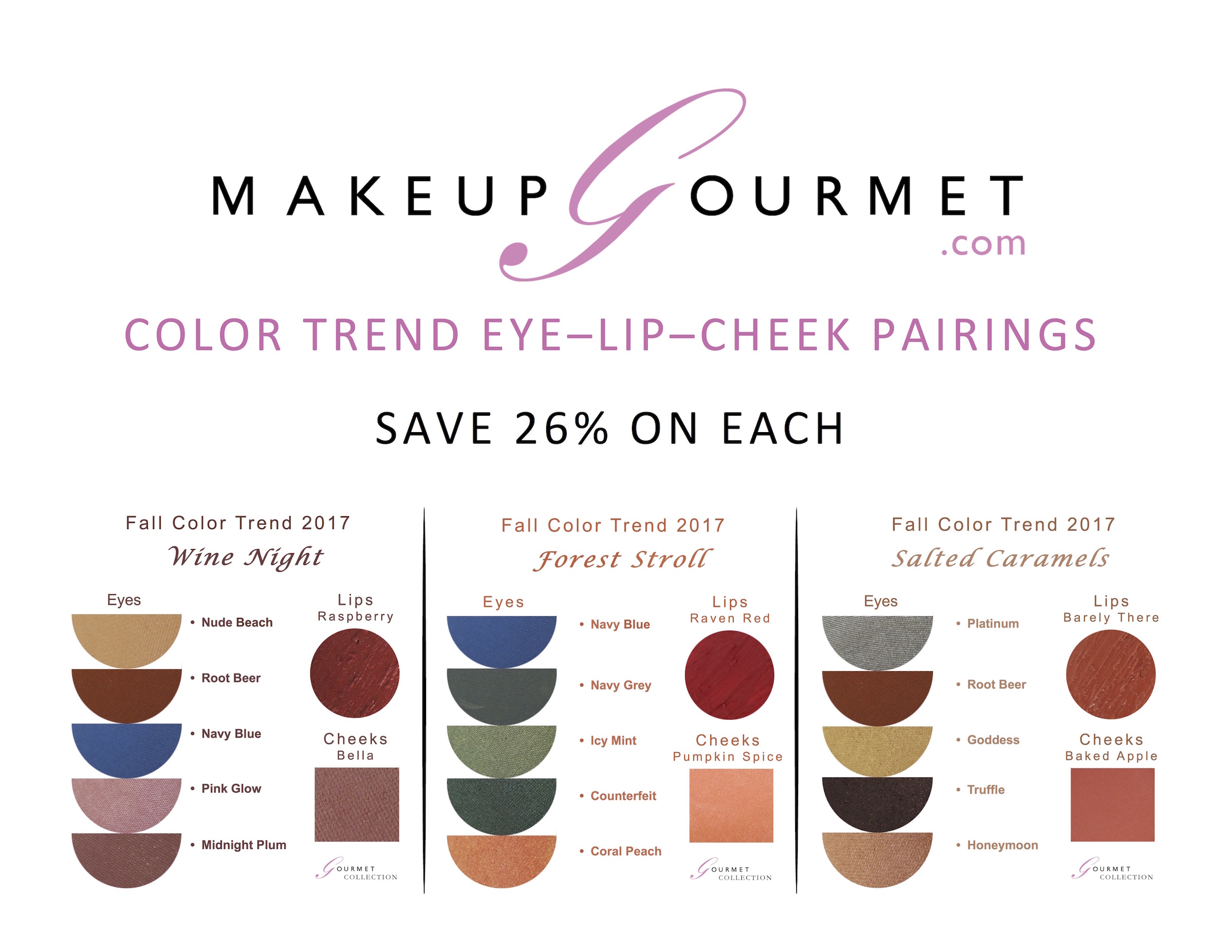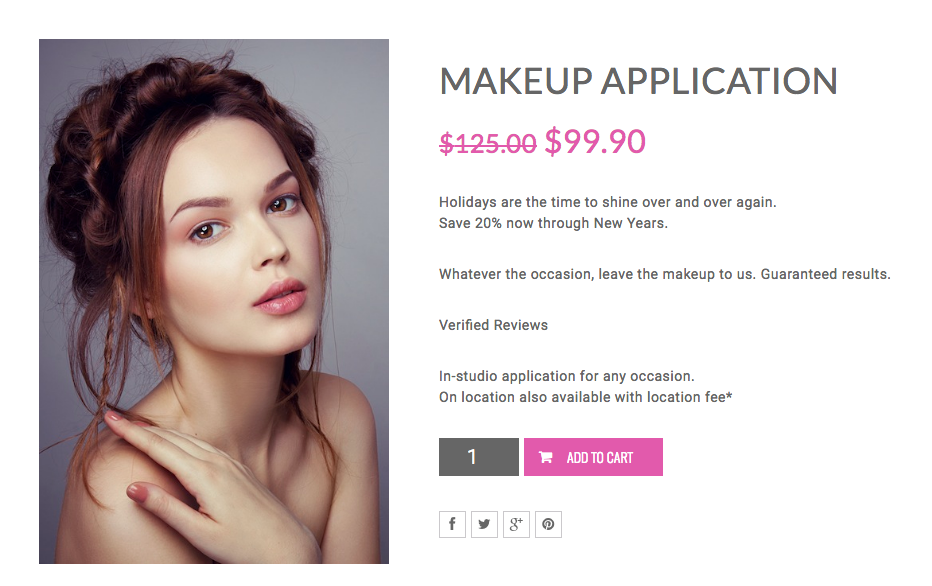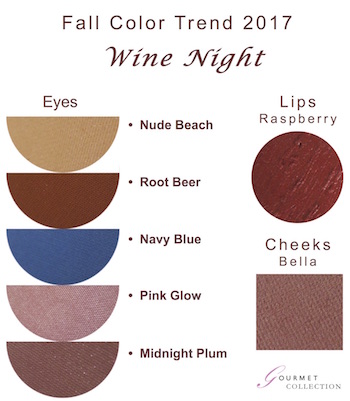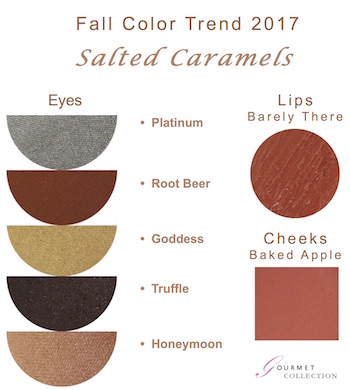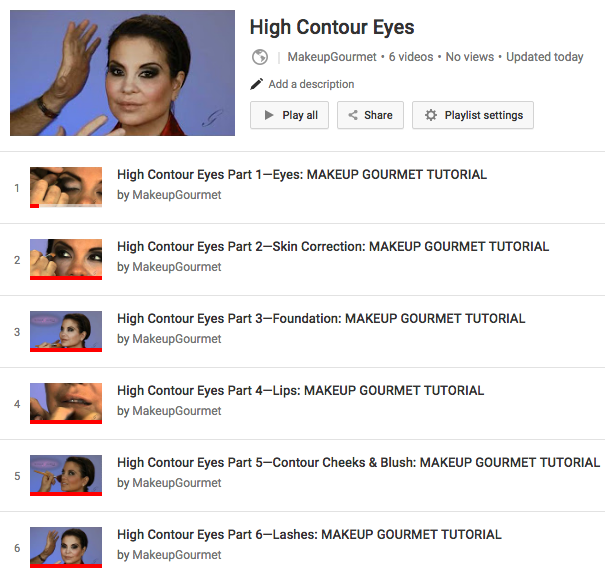First– If you are a candidate for Retin-A , now is the best time to start your treatment.
Second– what is Retin-A and what does it do?
Third– Are you a candidate?

First– now is the best time to start your treatment.
Using any kind of retinoid requires no direct sunlight.!
Not only is retinoid-treated skin super-sensitive to UV rays and likely to burn, but the sunlight also makes the product less effective.
That’s why dermatologists strongly recommend putting these products on your face before bed and using a sunscreen every morning.
Starting early fall, there is less daytime sunlight, and the sunlight is traveling from a farther more angled direction, and thus less intense.
Second–what is Retin-A and what does it do?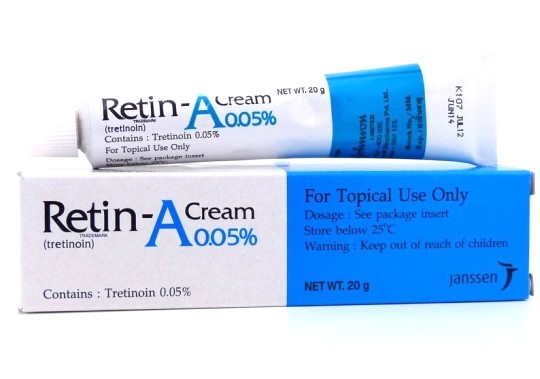
Let’s get the terms out of the way.
Retin-A, the drug known generically as retinoic acid or tretinoin.
Tretinoin is derived from vitamin A.
Tretinoin is the most common prescription retinoid. Retinoid is another term for Retin-A.
Retin-A is the brand name for tretinoin used to treat acne and specifically cystic acne.
Now
In the 1960’s, pharmaceutical researchers began to look for ways to increase the availability of vitamin A. They learned how to imitate the process the liver uses to transform the retinyl esters in food into retinol for use in the cells. They also learned that retinol could be treated to create forms of two forms of vitamin A that are even more available to the skin, retinal and trans-retinoic acid. The skin can use tretinoin as soon as it is absorbed, without enzymatic transformation.
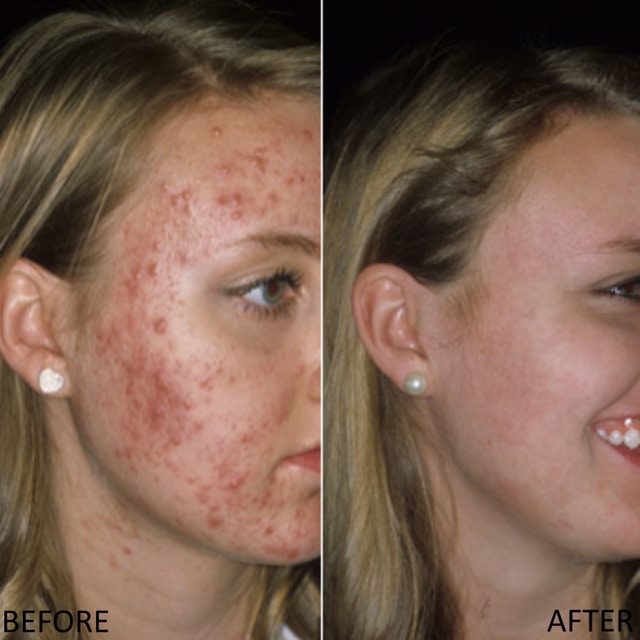 When Retin-A was first used for acne scarring, the results on the whole were no less than steller.
When Retin-A was first used for acne scarring, the results on the whole were no less than steller.
Not only did the acne scars appear to fade or go away completely, the skin re-texturized to a much smoother surface.
What was the reason?
Regular use of a retinoid product increases the amount of new collagen formed, research has found, and that new collagen will last for years.
Collagen is what gives skin its structure, firmness and elasticity. Repeated sun exposure breaks down collagen and, with age, cells produce less and less collagen to repair the damage. Skin wrinkles, sags and loses fullness.
“To my knowledge, this is the only drug for which there has been crystal-clear demonstration that it works on the molecular level,” said Dr. John J. Voorhees, the chairman of the dermatology department at the medical school of the University of Michigan.

Retin-A does double duty in helping to boost collagen. According to research at Michigan, it has the potential to stop photoaging before it starts. “The retinoids prevent the rise of collagenase after UV exposure,” Dr. Voorhees said. Collagenase is what breaks down collagen.
And then even more unexpected results appeared from the topical use of Retin-A.
Retin-A can improve skin texture and fade dark spots and freckles because it causes skin cells to turn over more rapidly. It shrinks dilated pores and improves cell turnover within the pores so they are less likely to clog and become blackheads and whiteheads.
Retin-A users reported improvements in skin texture, including diminished wrinkles and brown spots. In 1988, Dr. Voorhees and his colleagues at Michigan published the first double-blind study of Retin-A’s effect on photodamaged skin and found that all 30 patients who completed the 16-week study showed statistically significant improvement.
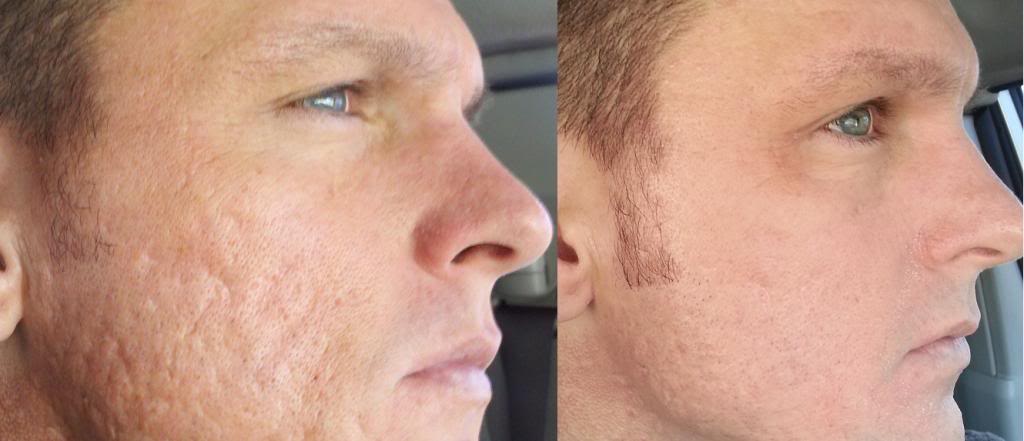 The results are not just cosmetic. Dr. Voorhees said that retinoids have been used to treat precancerous skin cells. Studies show that after two years of use, those abnormal cells returned to normal.
The results are not just cosmetic. Dr. Voorhees said that retinoids have been used to treat precancerous skin cells. Studies show that after two years of use, those abnormal cells returned to normal.
“There is so much historical evidence that this ingredient works better than anything else,” said Dr. Joel L. Cohen, clinical assistant professor of dermatology at the University of Colorado. “It actually works to remodel skin on a cellular level,” Dr. Cohen said.
The Bad News
 The problem with Retin-A is that it may actually make skin look worse — with redness, flakiness and peeling — for up to eight weeks. “But by 24 weeks, patients will see dramatic, marked improvements,” Dr. Lee said.
The problem with Retin-A is that it may actually make skin look worse — with redness, flakiness and peeling — for up to eight weeks. “But by 24 weeks, patients will see dramatic, marked improvements,” Dr. Lee said.
Doctors generally recommend using no more than a pea-size dab for the entire face. They advise using the product once every three nights (or once a week if skin feels irritated) for a couple of weeks, then every other night, eventually working up to every night if the skin can handle it.
More is not better. You only need a pea-size amount for your entire face, Graber says. Slathering on retinoid creams will not only cause you to quickly use up your supply, but it can also cause redness, dryness and irritation. Even when used judiciously, retinoids can be quite drying. That’s why Graber recommends a moisturizer just before bed.
Dr. Cohen cautions that Retin-A is not recommended for pregnant women or people with rosacea (a condition that causes skin redness). He said it is wise to limit its use with other potential irritants, like glycolic acids and vitamin C. Many doctors recommend applying a moisturizer over Retin-A (especially the generic versions) to help soothe skin, but suggest first waiting at least 20 minutes for the product to be absorbed.
Doctors also warn that newly irritated skin requires vigilant sun protection, and there are some concerns that waxing while using Retin-A may tear the skin.
All in All
“I can’t say there’s anything on the horizon that will rival Retin-A,” Dr. Cohen said. “It’s exciting to see all the research going into this area, but kind of funny that the thing we’re still recommending most is something that’s 35 years old.”
sidenote
Retin-A vs Retinol

Retinol, a less potent form of Retin-A, also has some strong science to support its effectiveness.
It is found in hundreds of OTC skin care products today.
Retinol minimizes the appearance of wrinkles, bolster skin’s thickness and elasticity, slow the breakdown of collagen (which helps keep skin firm), and lighten brown spots caused by sun exposure. Retinol is present in my Age Defying Serum, Applying it first before moisturizer allows it to go deeper and thusly more effective.
Third– Are you a candidate?

Only you know what results you want from advanced skin care and doctor prescribed skin care.
My guess is after reading this you already know if you want to be a candidate.
My suggestion is if you want to use Retin-A, see a trusted dermatoligist who has a history of of both cosmetological and dermatological experience.
I have included more specific info below in a summary for those who seek it.
My Two Cents
Having seen both the good and the bad of Retin-A with my clients (I have never used it, only retinol), there is enough tested knowledge for proper usage that warrants using Retin-A if/when you decide this is a course of action you want to take.
Retin-A is to be taken seriously. It is a serious topical, that when used appropriately, can offer amazing and long lasting results.
Along with the proper usage amount as a key to success, my biggest warning is sun exposure.
As Retin-A makes skin so highly sun sensitive, it is no joke to not allow ANY direct sunlight when you use this product.
The saddest irony is when someone is using Retin-A to reduce hyper-pigmentation (patches of darkness or large brown spots) only to add to the presence of hyper-pigmentation due to sun exposure.
Hyper-pigmentation activated by the presence of Retin-A is a much more permanent situation and increasingly more difficult to eliminate.
Take all the warnings seriously and you should have a healthy, happy experience if you so choose to be a candidate for the tolical use of Retin-A.

Here is more info for those who seek it.
Summary:
- Retin-A has been around since the 1960’s as a prescription treatment for acne. In the last few years, however, a form of Retin-A known as tretinoin topical has been available over the counter in the United States.
- Tretinoin topical opens up clogged pores. The 0.05% strength you can get over the counter usually only open smaller cysts.
- Neither Retin-A nor tretinoin topical gets rid of all your blemishes. It usually gets rid of about 50% of pimples, blackheads, and whiteheads.
- Tretinoin topical is slightly more effective on fair skin than on dark skin, but it does not cause inflammatory pigmentation on any skin type.
- You can combine tretinoin topical with benzoyl peroxide and other skin care products for greater effect.
- Be sure to use sunscreen when you are using tretinoin topical.
- Get rid of the rest of your blemishes by following a systematic approach to acne skin care like Exposed Skin Care.
How Retin-A Works
Vitamin A is well known for its importance to the skin. Without enough vitamin A in the diet, the skin dries out and becomes inflamed. Vitamin A has to be absorbed from food, but the form of vitamin A in food has to be chemically transformed by the human body into the forms that regulate the growth of the skin.
In the 1960’s, pharmaceutical researchers began to look for ways to increase the availability of vitamin A. They learned how to imitate the process the liver uses to transform the retinyl esters in food into retinol for use in the cells. They also learned that retinol could be treated to create forms of two forms of vitamin A that are even more available to the skin, retinal and trans-retinoic acid. The skin can use tretinoin as soon as it is absorbed, without enzymatic transformation.
Tretinoin is not just a vitamin. It is a hormone. It can activate specific sequences of DNA in the chromosomes of skin cells. The result of activating DNA in the skin has three effects:
- Tretinoin increases the production of skin cells in the outermost layer of the skin, the epidermis, so that it grows stronger.
- Tretinoin causes the compaction of skin cells in the epidermis so that it grows thinner.
- Tretinoin increases the production of glycosaminoglycans so that the skin lays down collagen fibers in a orderly fashion.
Tretinoin rejuvenates the skin. The skin grows more rapidly and pulls away from pores, allowing them to open and drain. The thin skin over acne cysts breaks open and lets them drain without need for lancing or surgery. Thickening of the skin can even out smooth lines and growth of skin can obscure the borders around rough skin.
The problem with tretinoin is that it causes the skin to open where it is healthy as well as where it is sick. The skin between cysts can be red and inflamed. The rapid growth of the skin can also, ironically, increase the number and activity of sebaceous glands that make oily, waxy sebum. New pores can clog even while old cysts open.
Another problem with tretinoin is that it makes the skin thinner before it makes the skin thicker. It makes the skin more susceptible to sunburn, and increases the likelihood of skin injury when it is waxed for hair removal. (If you have to have hair removed, threading will not injure the skin.)
Should You Try Tretinoin Topical?
It is no longer necessary to get a prescription for the form Retin-A known as tretinoin topical. Even though it costs as much as US $80 for one-half ounce (14 grams), tretinoin topical only costs 10% to 20% of the price of a visit to the dermatologist and a prescription for Retin-A. It is not necessary to have blood tests to monitor for potential toxicity of tretinoin topical because only tiny amounts of the medication are absorbed through the skin. Any formulation of tretinoin topical that uses microsphere technology will be absorbed more slowly and do more good for the skin with fewer side effects.
What kind of results can you expect from tretinoin topical?
It’s important to understand that tretinoin topical will not get rid of all of your blemishes. People who have fair skin usually have 60% fewer pimples and 50% fewer blackheads and whiteheads after eight weeks. People who have dark skin typically have about 50% fewer pimples and 40% fewer blackheads and whiteheads after eight weeks—if not other treatments are used.
Variations In Ways to Use Over-the-Counter Tretinoin Topical
Some people use both tretinoin topical and benzoyl peroxide. Tretinoin is used to open the skin and benzoyl peroxide is used to kill acne bacteria as they are being released from deep pores. The effects of the two products are additive, but the side effects of the two products are also additive. Both benzoyl peroxide and tretinoin topical increase sensitivity to sunburn, so it is essential to use sunscreen during treatment.
Some people use both tretinoin topical and glycolic acid. One study even suggests that they are safe for dark skin—but be careful. Use glycolic acid as a skin peel and rinse it off your skin before applying tretinoin topical. Be sure to use sunscreen if you use either product on your skin, especially if you have dark skin.
In the North America, Canada, Australia, and New Zealand, you need a prescription to get products that combine Retin-A and antibiotics. Usually products that combine tretinoin topical and clindamycin get the best results. Adding an antibiotic will get rid of about 20% more pimples and blemishes.
When tretinoin topical causes skin irritation, you can see your physician for a prescription for adapalene (marketed as Differin, Teva, and Pimpal). Tretinoin topical is available over-the-counter (and from Amazon) in the USA in concentrations ranging from 0.01% to 0.05%, but it’s usually best to try the 0.05% strength first. If you experience skin irritation, then switch to a lower strength.

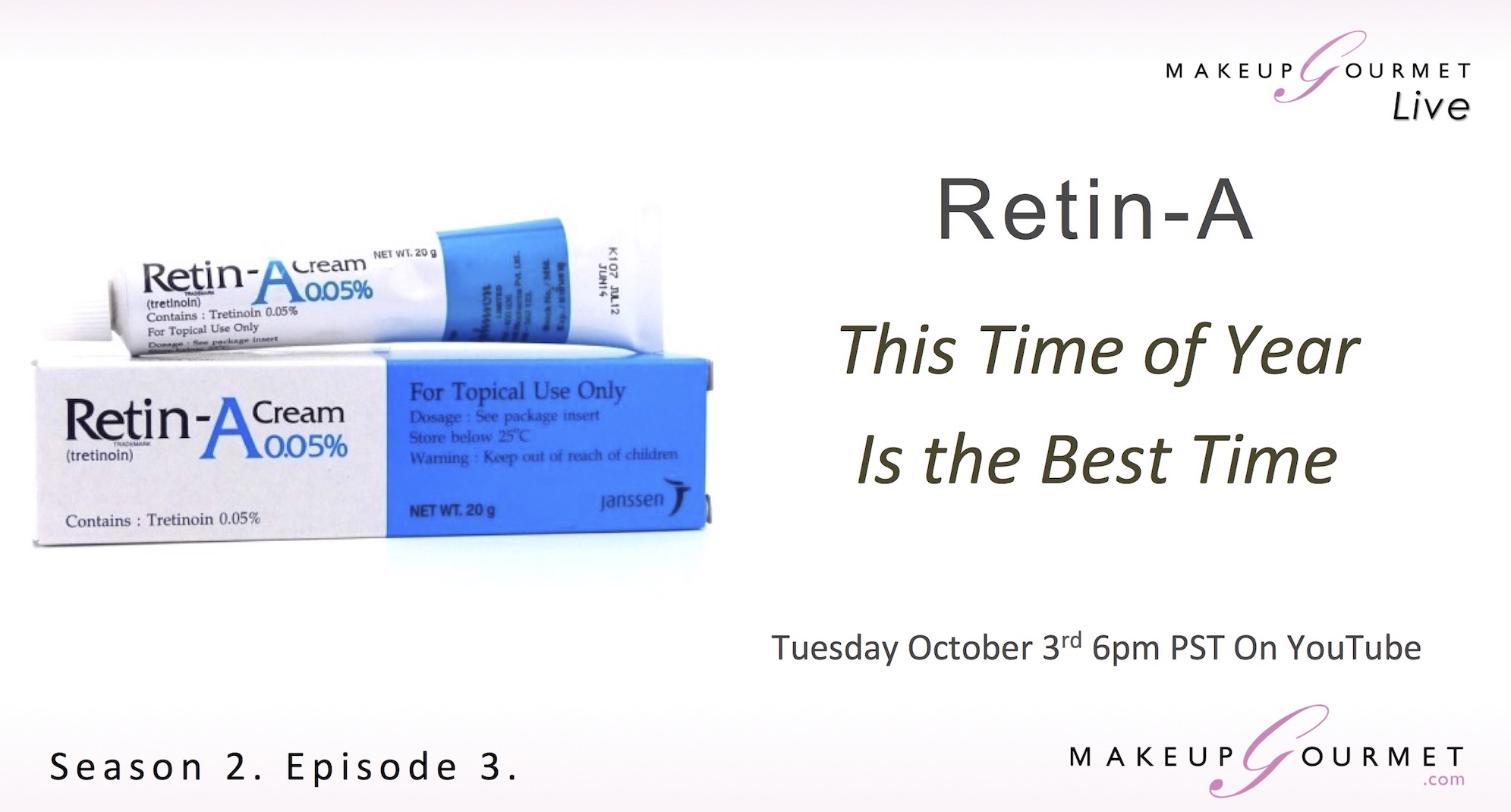
See you soon.
Warmly,
Chris Scott
Makeup Gourmet
28th of September, 2017
Sources
https://www.facingacne.com/retin-a/
http://www.nytimes.com/2006/11/30/fashion/30skin(dot)html
http://www.huffingtonpost.com/2014/09/29/benefits-of-retinoids-retinol_n_5845764.html
Please let me know if this blog was of value to you and share your own Authentic Beauty Makeup tips in the comments box below. I would love to hear how you get on trying this new method of makeup application – tell me how useful you find the tutorials and how you found the results. You can also use the comments box to tell me what interests and concerns you when it comes to which makeup colors to choose. Please let me know so I can fashion future blogs that are relevant and interesting to you.
Want to know more? My new book, Face with a Heart: Mastering Authentic Beauty Makeup is available on Amazon now.
Makeup Gourmet Chris Scott’s new series of how-to video tutorials based on his
#1 international best seller Face with a Heart Mastering Authentic Beauty Makeup

CHRIS SCOTT, M.A. is the creator of San Francisco-based Makeup Gourmet®. Over his nearly 30-year career, in addition to doing makeup for top models from every corner of the planet, he also had the honor of working for legends like Paul McCartney, US Vice President Al Gore, Supreme Court Justice Sonia Sotomayor, Shirley Temple Black, Maya Angelou and Olympic Gold medalists Oksana Baiul and Kristi Yamaguchi. He was the creator and host of the TV show ‘Makeup Gourmet’ from 2008 – 2010. He was a leading Chanel Beauté national artist for over two decades, and is also the creator and guest teacher of Fashion Makeup at the Academy of Art University in San Francisco. He created his unique Makeup Gourmet line to ensure his clients and the public could have access to high-quality, ethically produced, ‘green’ makeup and skincare with a low-carbon footprint. Chris is also the author of Cosmetic Counter Survival Guide: How to Buy the Right Skin Care and Makeup and the international #1 bestseller Face with a Heart: Mastering Authentic Beauty Makeup.
‘The grass is always greener where you water it.’
CS




